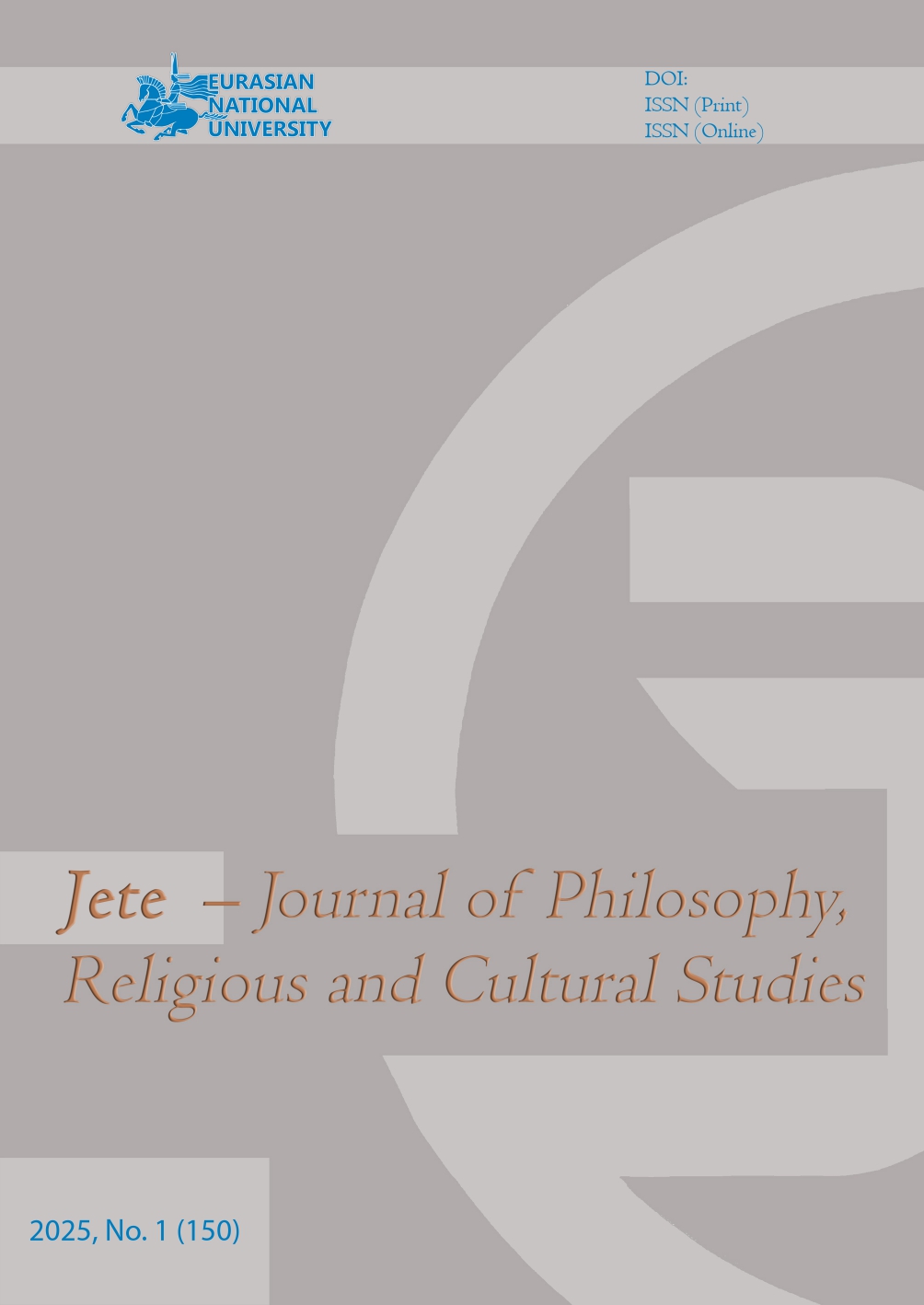The Role of the UNESCO Convention in Protecting Kazakhstan's Intangible Cultural Heritage
Views: 126 / PDF downloads: 179Keywords:
Kazakhstan, UNESCO, ICH, Culture, Cultural heritage, Convention, Cultural elements, Representative listAbstract
In 1993, the United Nations Educational, Social and Cultural Organization (UNESCO) initiated the "International Decade of the World's Indigenous Peoples" (1994-2003). This program aimed to raise awareness of the issues faced by indigenous peoples and to protect their rights and cultural heritage. Five years later, in 1998, UNESCO initiated the "International Year of Oral and Intangible Heritage," aimed at preserving and promoting oral traditions and other forms of intangible cultural heritage, such as customs, knowledge, and arts passed down through generations. As a result of these programs, under the auspices of UNESCO, the Convention for the Safeguarding of Intangible Cultural Heritage (ICH) was developed. Adopted by UNESCO member states in 2003, this convention defines ICH as vital cultural elements at risk of disappearing, destruction, and loss, and therefore in need of protection. This study focuses on preservation measures for 14 elements of Kazakhstan’s intangible cultural heritage, including their historical development. These elements are part of the UNESCO Representative List of the Intangible Cultural Heritage of Humanity. Kazakhstan's commitment to preserving its national culture was demonstrated by its accession to the UNESCO Convention in 2011.
This is particularly crucial, as intangible cultural elements are more challenging to preserve and pass down through generations compared to tangible objects. The article explores the processes of protecting and listing Kazakhstan’s intangible cultural heritage. This study provides an analysis of Kazakhstan’s intangible cultural heritage, drawing on various sources.









